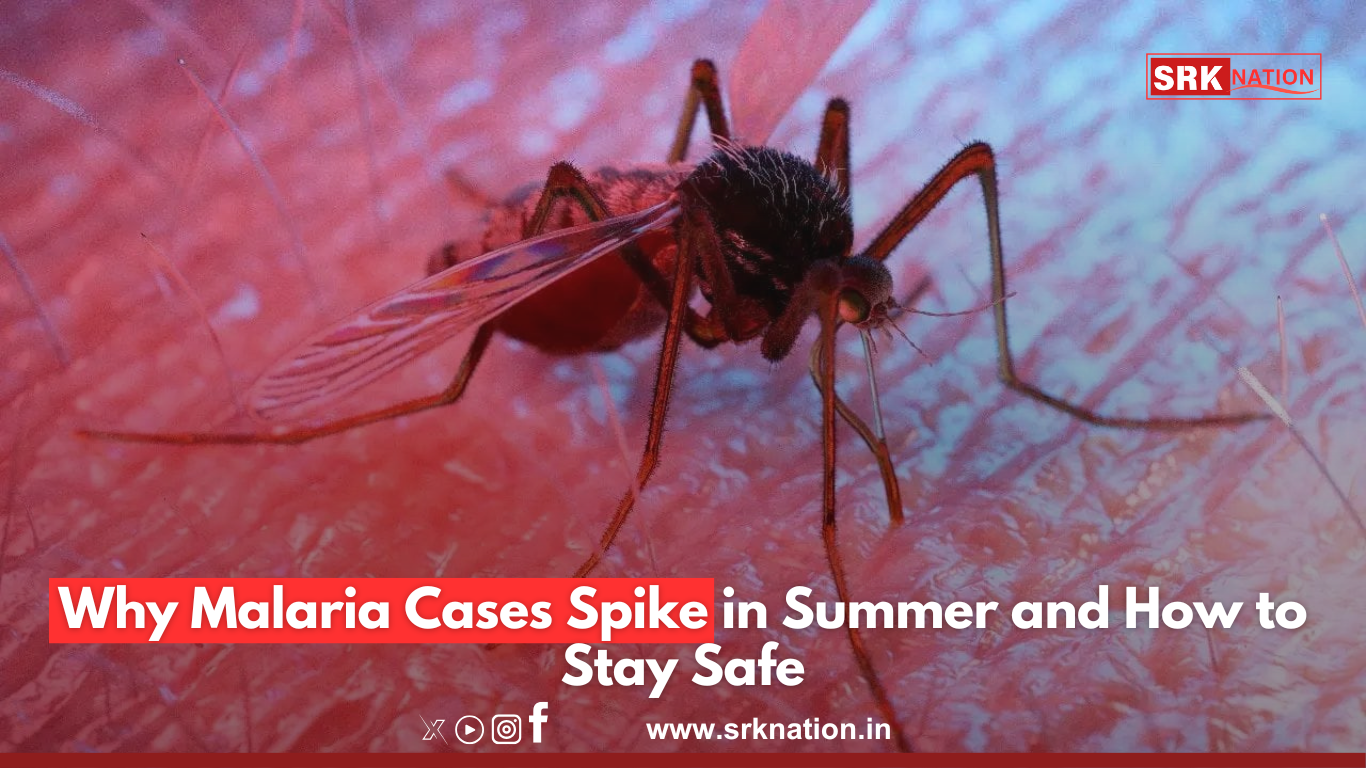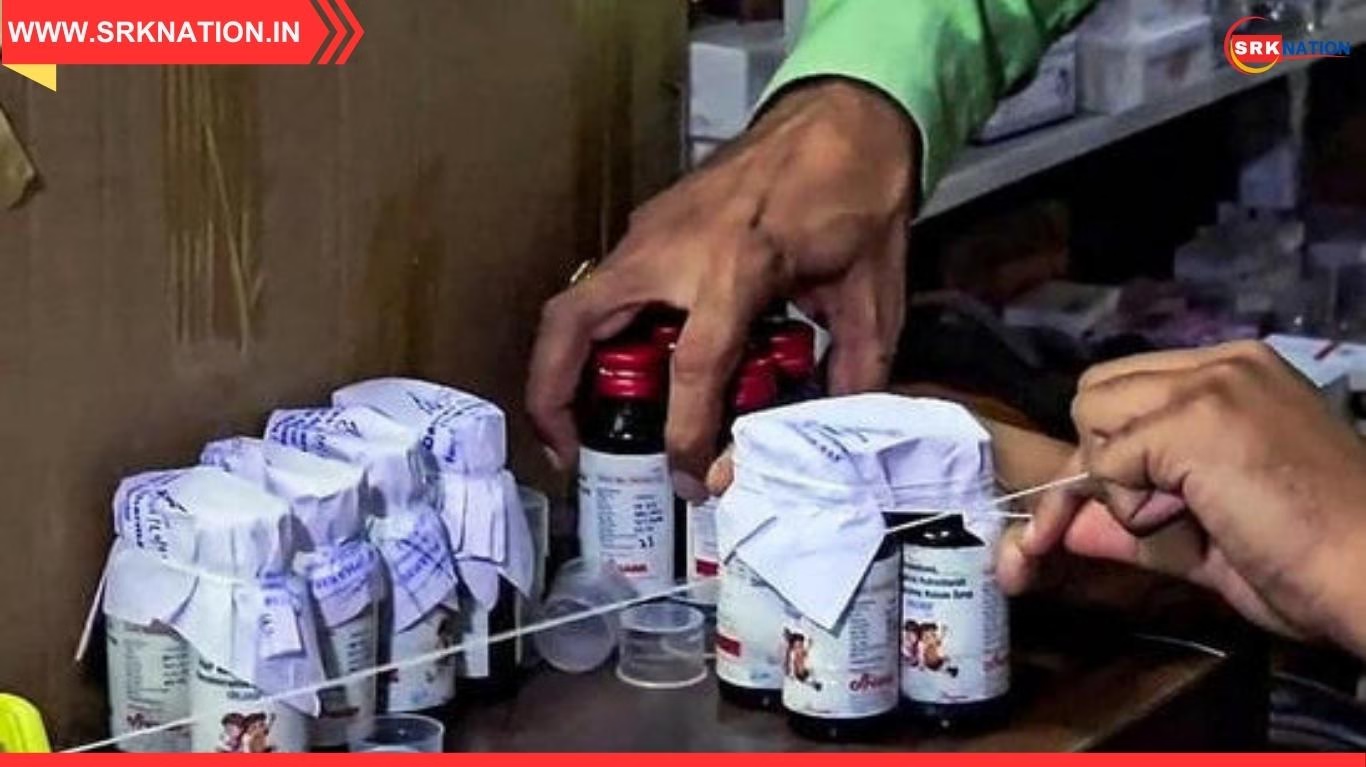As temperatures rise, so does the risk of malaria, a mosquito-borne disease that continues to affect millions worldwide. Experts warn that summer creates ideal conditions for the rapid spread of malaria, making prevention crucial.
Why Malaria Cases Increase in Summer
- Accelerated Mosquito Life Cycle: The Anopheles mosquito, responsible for transmitting malaria, thrives in warm temperatures. Heat speeds up its life cycle, allowing it to multiply faster and spread the disease more efficiently.
- Stagnant Water Breeding Grounds: Summer rains and poor water management lead to standing water, providing mosquitoes with ideal breeding sites.
- Increased Outdoor Activity: People spend more time outdoors during summer evenings, increasing exposure to mosquito bites.
- Climate Change Impact: Rising global temperatures and altered rainfall patterns expand mosquito habitats, leading to higher infection rates.
How to Stay Safe
- Use Insecticide-Treated Bed Nets (ITNs): Sleeping under ITNs significantly reduces the risk of mosquito bites, especially during peak activity hours.
- Indoor Residual Spraying (IRS): Applying insecticides on walls kills mosquitoes upon contact, lowering indoor mosquito populations.
- Wear Protective Clothing & Repellents: Long-sleeved shirts, pants, and EPA-approved insect repellents help prevent bites during outdoor activities.
- Eliminate Breeding Sites: Drain stagnant water, cover storage containers, and clear vegetation near homes to disrupt mosquito breeding.
- Take Antimalarial Medications: Travelers to malaria-prone regions should consult healthcare providers for preventive medication.
While malaria remains a serious health concern, awareness and preventive measures can significantly reduce infection risks. By taking proactive steps, individuals can protect themselves and their communities from this seasonal surge.
Stay tuned for more updates on health and wellness.











